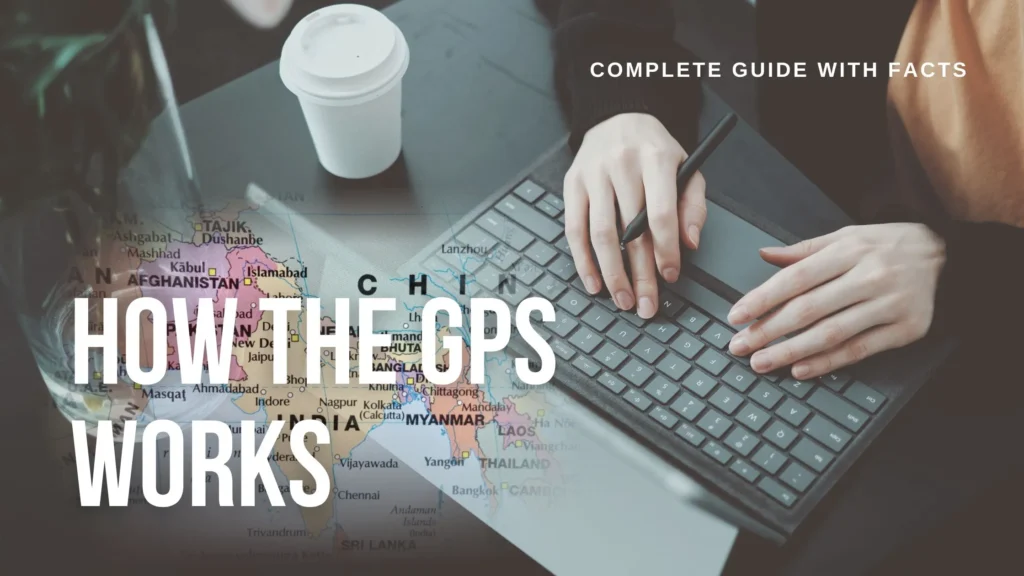
How to Use a GPS Tracker: A Beginner-Friendly Step-by-Step Guide
Personal safety is a primary concern these days. Whether you own a fleet of vehicles for your business or are a person looking to keep your family members safe, a GPS tracker can be quite convenient for you.
Utilization of a GPS tracker improves security and offers peace of mind. These devices allow tracing the location in real time, therefore making a quick response if there is an emergency.
Key Takeaways
- GPS trackers enhance personal safety and security.
- They help individuals, as well as companies.
- Location tracking in real time is important.
- They are a very useful tool in emergency response.
What are GPS Trackers, and How Do They Work?
A GPS tracker is a device that uses GPS technology to determine the exact location of an object or a person. It works by receiving signals from GPS satellites and provides real-time location tracking.
This technology is not only used within personal tracking devices but also within vehicle tracking devices and even fleet management solutions.
How to Use a GPS Tracker for Maximum Personal Protection?
Safety through personal protection using a GPS tracking device consists of choosing the right device and setting it up correctly. This is achieved by following these steps that guarantee the device will work effectively.
Step 1: Selecting the Right GPS Tracking Device
Choosing the right GPS tracking device is very important for personal safety. When you select, you should look at the accuracy, real-time tracking capability, and battery life.
Step 2: Setup and Installation
After choosing the right GPS tracking device, the next step will be setting up the device and installing it. This has started the device, configured the user settings, and ensured it is installed correctly. In vehicle tracking, this may include placing the device in one of the vehicle's hidden places, and for personal tracking, it could mean wearing or carrying it.
Step 3: Configuring Real-Time Location Tracking
Setting up the real-time location tracking of a GPS tracker for immediate safety responses involves setting up the device to send location updates to a preselected server or mobile app and allowing for regular monitoring of the tracked commodity.
Step 4: Setting Safety Zones and Alerts
Safety zones can be set up for improved personal protection by configuring alerts for exact events. They have fixed areas where, upon entry or exit by a user or vehicle, the GPS tracker can send notifications.
Step 5: Testing Your GPS Tracking System
This will finally involve the checking of a GPS tracking system to ensure it works as expected by looking for real-time tracking to work perfectly, alerts activating as set, and ensuring the overall system is trustworthy.
Conclusion
A reliable GPS tracker can actually improve safety and security. Understanding how GPS tracking devices work can help you to protect everyone and their loved ones.
You will need to choose the right GPS tracking device for this and then use it correctly. The steps included here help people in learning how to use the GPS tracker just to keep themselves safe and protected, and eventually get peace of mind.



